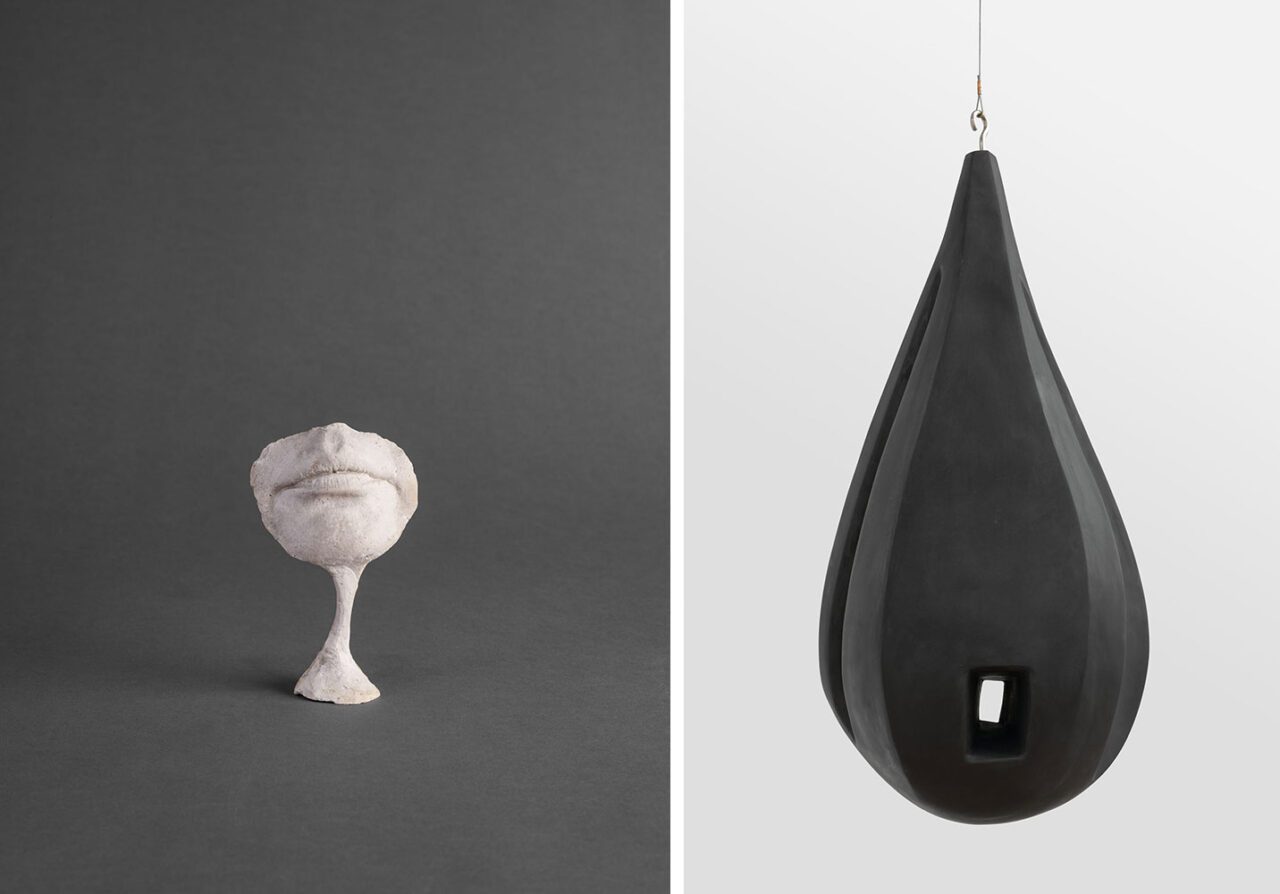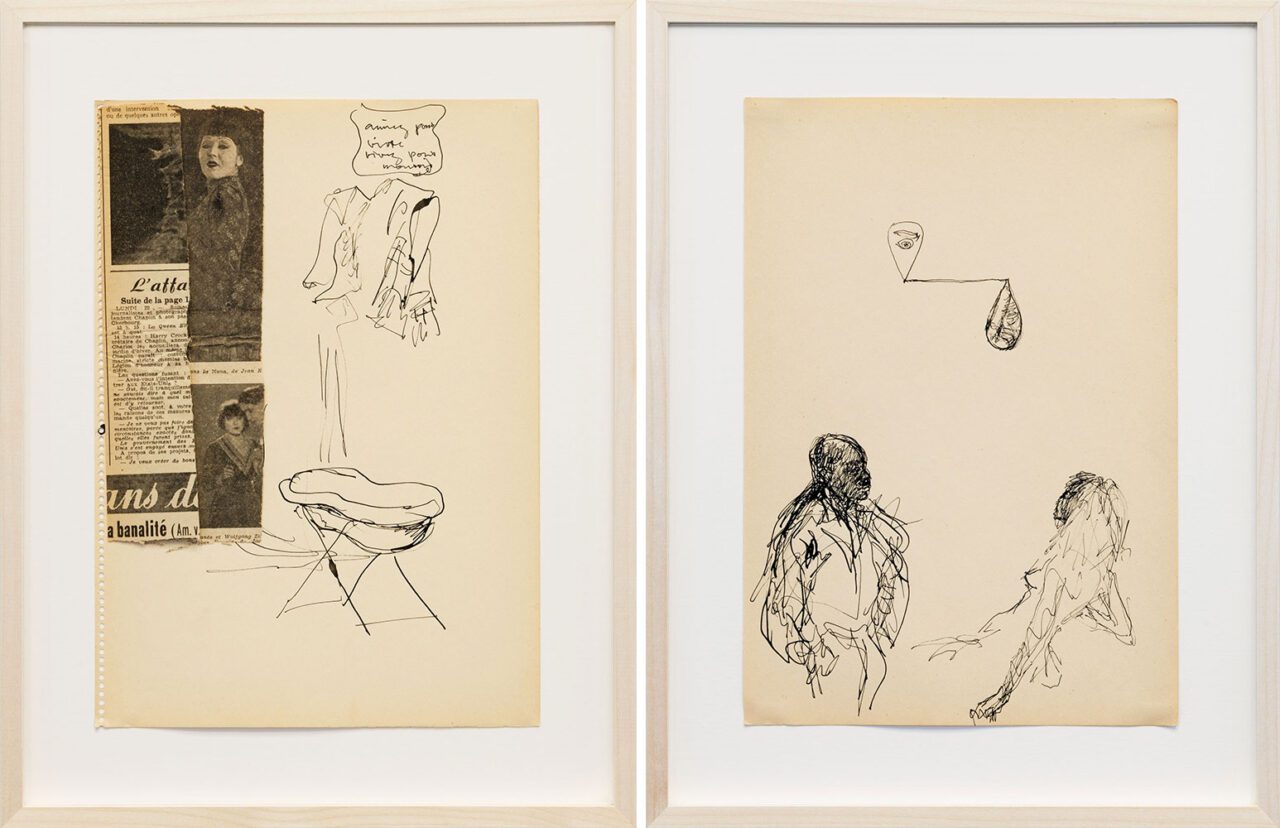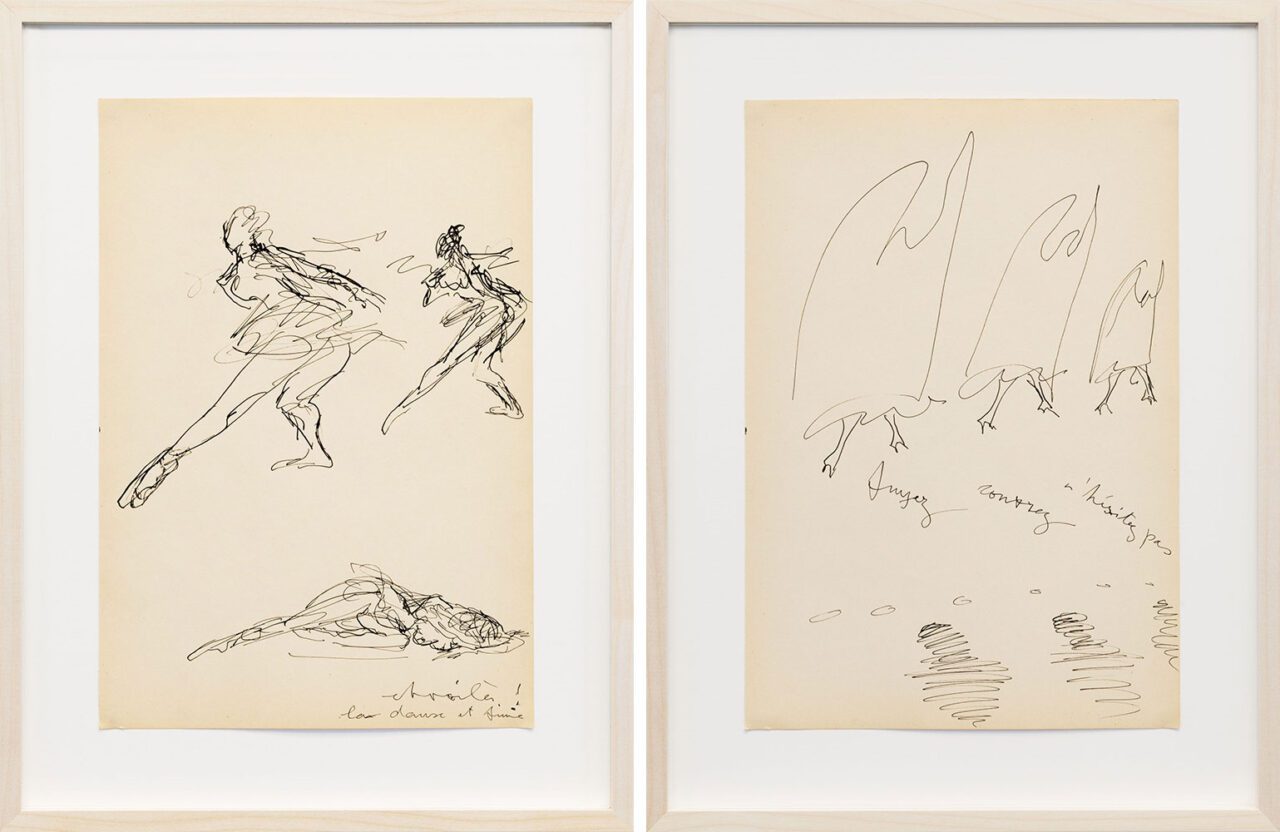PRESENTATION: Körperlich
The artists included in the exhibition “Körperlich” (bodily) are each concerned with the body, exploring its role in the construction and expression of identity. Although the emphasis is on the physiognomy of the body and its organs, the feelings portrayed within the works on view are those that emanate from deep inside: love, desire, fear, anger, hysteria—visceral emotions which reveal themselves through bodily expression.
By EfiMichalarou
Photo: Hauser & Wirth Gallery Archive
The works in the exhibition “Körperlich” range from portraiture, depicting images of the nude body and representations of corporeal parts, to semi-abstract images that suggest bodily forms. Through their work, these artists pose questions about bodily integrity, about control of the body, asking ultimately who has power and autonomy over our bodies, especially those that are gendered as female. In some of the works, figures are blurred and fragmented, evoking difficult histories, personal and political conflict or violence. Whereas in Carol Rama’s “La guerra è astratta” (1970) or Alina Szapocznikow’s sculpture of a disembodied mouth indicate the disowned physical self in the face of oppression, Hannah Villiger’s photographic work “Skulptural” (1986), a simple polaroid of an ear, might reference the last sense to be lost in the dying body, the ultimate fading of our conscious bodily existence. While the work of the artists on view sometimes seek to celebrate the body and play on notions of beauty and gender according to the traditional portrayal of the body in art, they nevertheless problematise these depictions and explore layers of complexity to this tradition such as in the painting “Nue” (1934) by Irène Zurkinden, who also explores a variety of bodily movements in her expressive drawings. The artists presented challenge the tradition of the nude, expressing it often as a fractured, disintegrating and unstable body, as it appears in the watercolour works of Lassnig and the painting by Lozano. Depictions of masculine forms also appear, for instance in Meret Oppenheim’s painting “Männlicher Kopf in der Diagonale” (1977), rendered in a soft palette of pastels, which foregrounds androgynous representations and the question of the conventional boundaries of gender. The artists included could be said to engage with the legacies of a Freudian understanding of the unconscious as it is expressed through a desiring body, but their work also anticipates feminist critiques of this concept, for example, through Julia Kristeva’s theory of abjection – a reminder of the material realities of the (female) body. Elements of organicism and abjection are explored in relation to the body in the hanging sculpture by Louise Bourgeois and Rama’s mixed media canvas from 1969, where the the emphasis is on materiality. In works by Meret Oppenheim, aspects of nature are displayed, incorporating flowers or animal bodies in states of strange or surreal metamorphosis, as seen in “Tisch mit Vogelfüssen” (1939 (executed 1983)). Together, the artists in this exhibition grasp, investigate and express the complexities of the construction of self that comes from our bodies.
Works by: Louise Bourgeois, Maria Lassnig, Meret Oppenheim, Alina Szapocznikow, Irène Zurkinden, Lee Lozano, Hannah Villiger and Carol Rama
Photo: Hannah Villiger, Skulptural (Sculptural), 1986, Four C-print of polaroids, mounted on aluminum, Each: 125 x 123 cm / 49 1/4 x 48 3/8 in, © The Estate of Hannah Villiger Photo: The Estate of Hannah Villiger, Courtesy Hauser & Wirth Gallery
Info: Hauser & Wirth Gallery, Luftgässlein 4, Basel, Switzerland, Duration: 30/8-2/11/2024, Days & Hours: Tue-Fri 14:00-18:00, Sat 11:00-16:00, www.hauserwirth.com
![Left: Carol Rama, Perdonami le congiunzioni (Organismi ancora ben definiti e vulnerabili) (Forgive Me the Conjunctions [Still Well-defined and Vulnerable Organisms]), 1969, Spray paint, glue and taxidermist’s eyes on canvas, 100 x 100 cm / 39 3/8 x 39 3/8 in, © Archivio Carol Rama, Turin Photo: Gina FollyRight: Carol Rama, La guerra è astratta (War Is Abstract), 1970, Inner tubes and glue on canvas, 133 x 133 x 11 cm / 52 3/8 x 52 3/8 x 4 3/8 in 134 x 134 x 11 cm / 52 3/4 x 52 3/4 x 4 3/8 in (framed), © Archivio Carol Rama, TurinPhoto: Gina Folly](http://www.dreamideamachine.com/web/wp-content/uploads/2024/09/01-2-scaled.jpg)
Right: Carol Rama, La guerra è astratta (War Is Abstract), 1970, Inner tubes and glue on canvas, 133 x 133 x 11 cm / 52 3/8 x 52 3/8 x 4 3/8 in 134 x 134 x 11 cm / 52 3/4 x 52 3/4 x 4 3/8 in (framed), © Archivio Carol Rama, TurinPhoto: Gina Folly, Courtesy Hauser & Wirth Gallery

Right: Maria Lassnig, Figur (Figure), 1987, Watercolour on paper, 65.2 x 46.9 cm / 25 5/8 x 18 1/2 in, 81.9 x 62.4 x 3.5 сm / 32 1/4 x 24 5/8 x 1 3/8 in (framed), © Maria Lassnig Foundation Photo: Daniel Hirth, Courtesy Hauser & Wirth Gallery

Right: Meret Oppenheim, Waldinneres mit Dryaden (Forest Interior with Dryads), 1967, Oil on unprimed canvas, oak bark, and plastic reliefs, partially silver-plated, 134 x 110 x 12 cm / 52 3/4 x 43 1/4 x 4 3/4 in, 136 x 112 x 13 cm / 53 1/2 x 44 1/8 x 1 1/8 in (framed), © TBC, Photo: Galerie Knoell, Courtesy Hauser & Wirth Gallery

Right: Louise Bourgeois, Lair, 1986, Rubber, hanging piece, 109.2 x 53.3 x 53.3 cm / 43 x 21 x 21 in, © The Easton Foundation / 2024, ProLitteris, ZurichPhoto: Alex Delfanne, Courtesy Hauser & Wirth Gallery

Right: Irène Zurkinden, Nue (Nude), 1934, Oil on canvas, 100 x 53.5 cm / 39 3/8 x 21 1/8 in, © Estate of Irène ZurkindenPhoto: Gina Folly, Courtesy Hauser & Wirth Gallery



